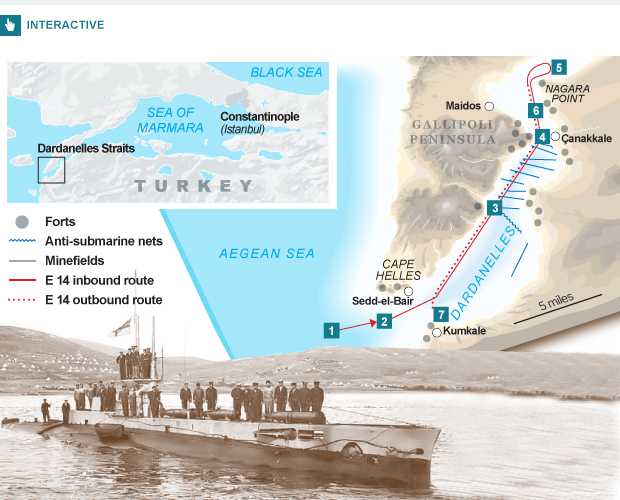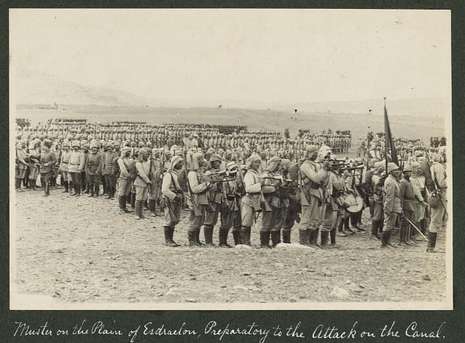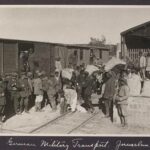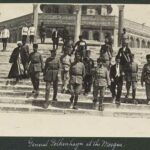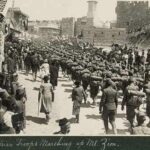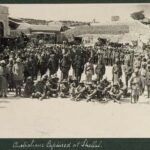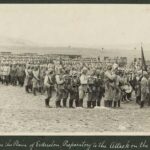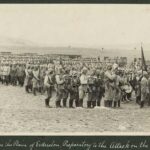Did Britain ever rule over Turkey? If not, why did Great Britain not take over Anatolia during World War I considering that Germany was allied with the Ottomans at that time?
No, Britain did not rule over Turkey. During World War I, although Germany was allied with the Ottoman Empire (Turkey), Great Britain did not take over Anatolia for a variety of reasons.
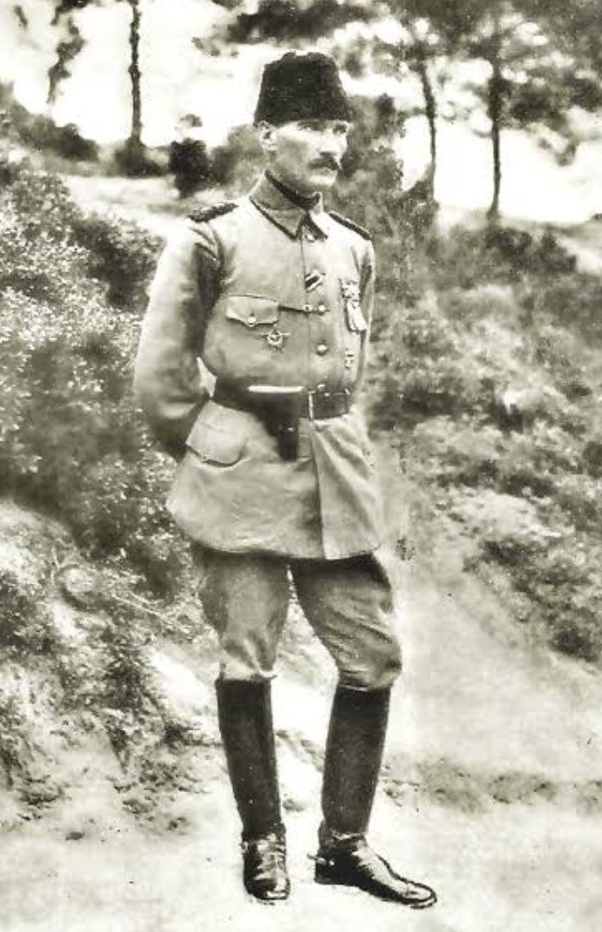
Firstly, it is important to understand the geopolitical landscape of the time. The Ottoman Empire, once a powerful force in the region, was in decline in the early 20th century. However, it still held strategic importance due to its control of key trade routes, particularly the Suez Canal, which connected the Mediterranean Sea to the Red Sea and provided a vital shortcut to India, Britain’s prized colony.
Britain, being aware of the Ottoman Empire’s strategic significance, pursued a policy of maintaining the status quo rather than outright annexation. This approach aimed to preserve stability in the region and protect British interests without jeopardizing delicate alliances and triggering further conflicts.
Additionally, Britain had other priorities during World War I. The war effort required substantial resources, both human and material, which were primarily allocated to fighting on the Western Front against Germany and Austria-Hungary. British forces were heavily engaged in Europe and the Middle East, including campaigns in Gallipoli and Mesopotamia (modern-day Iraq).
Moreover, the prospect of taking over Anatolia would have presented significant challenges for Britain. It would have required a massive military campaign and an occupation force to maintain control over the vast territory. With limited resources and stretched supply lines, such an endeavor would have been logistically challenging and potentially prolonged the war effort.
Another crucial factor to consider was the potential backlash from other major powers. Imperial Russia, a key ally of Britain at the time, had territorial ambitions in Anatolia and sought to expand its influence in the region. Any attempt by Britain to seize control of Anatolia would have likely provoked a confrontation with Russia, leading to further complications and potential conflicts.
Furthermore, the post-war settlement played a role in Britain’s decision-making process. The Treaty of Sèvres, signed in 1920, aimed to dismantle the Ottoman Empire and divide its territories among various powers. However, this treaty was superseded by the Treaty of Lausanne in 1923, which recognized the independence of the Republic of Turkey under Mustafa Kemal Atatürk. This effectively marked the end of Britain’s ambitions to rule over Anatolia.
Patrick S

